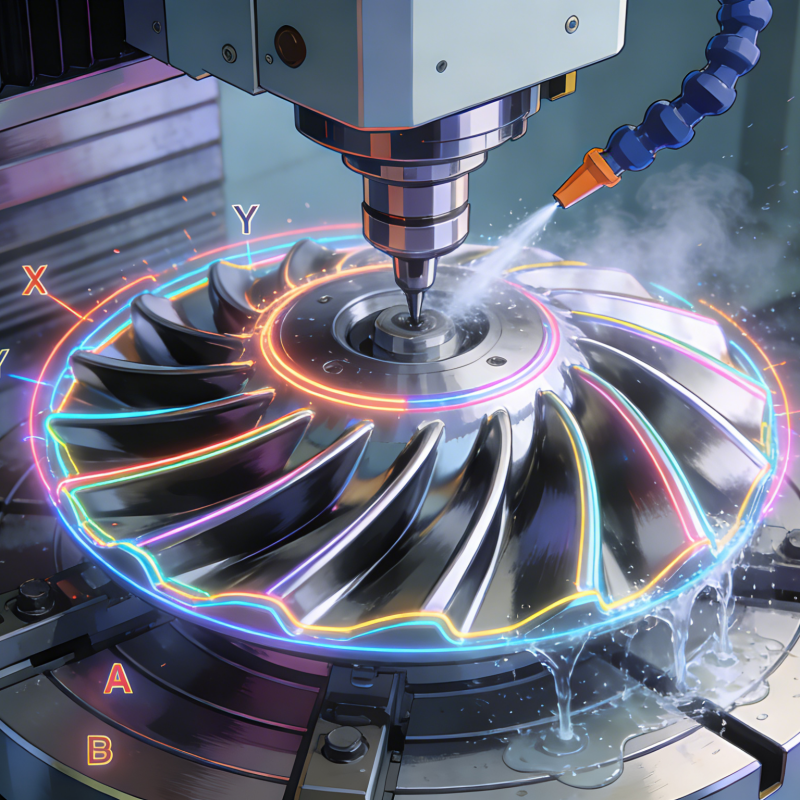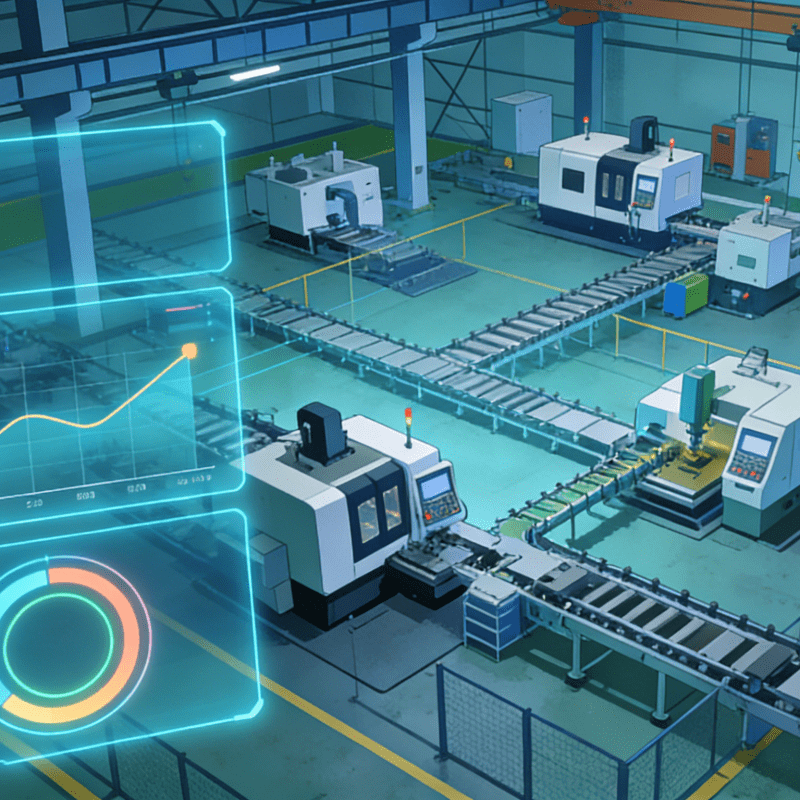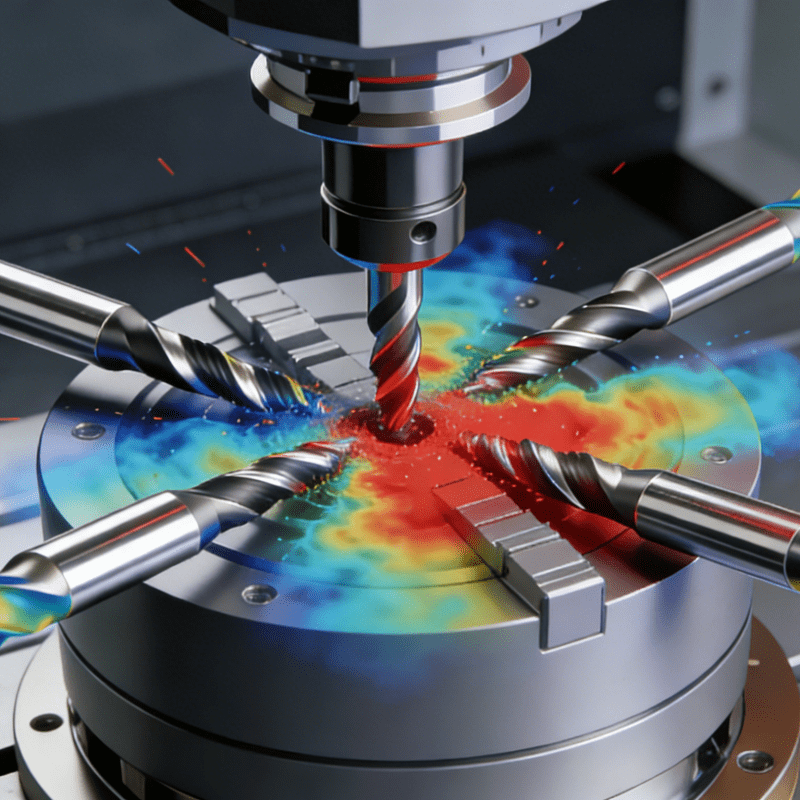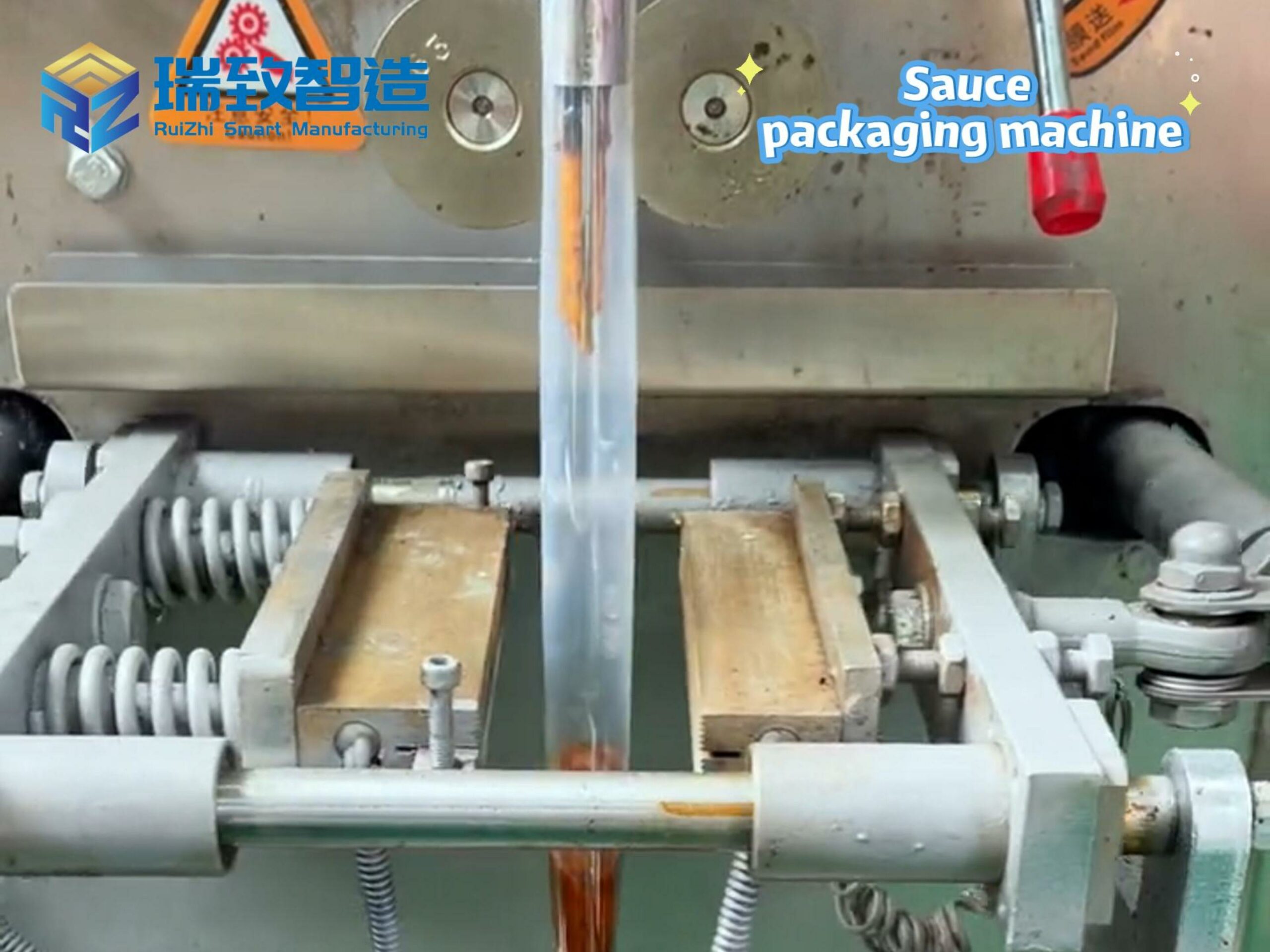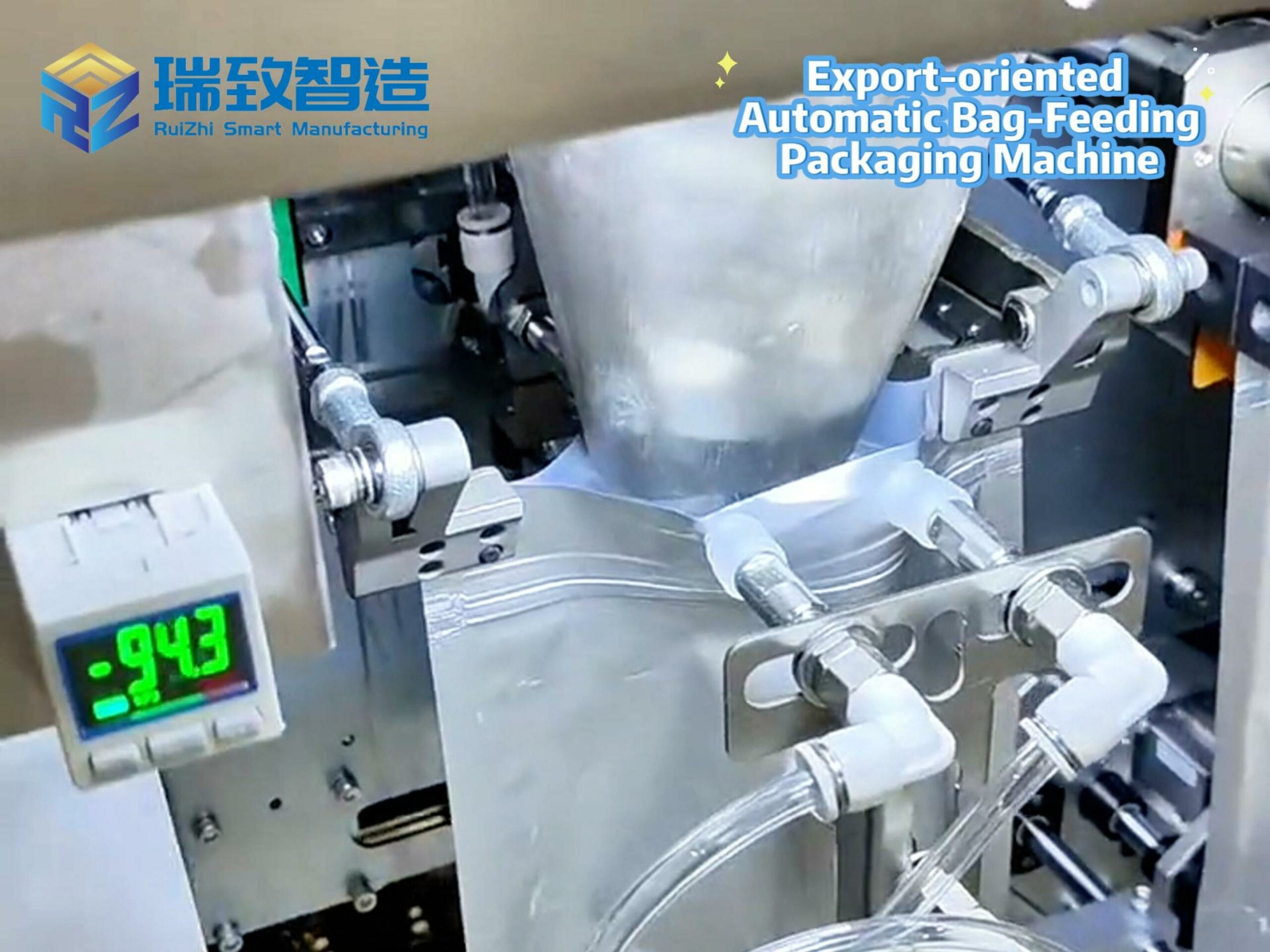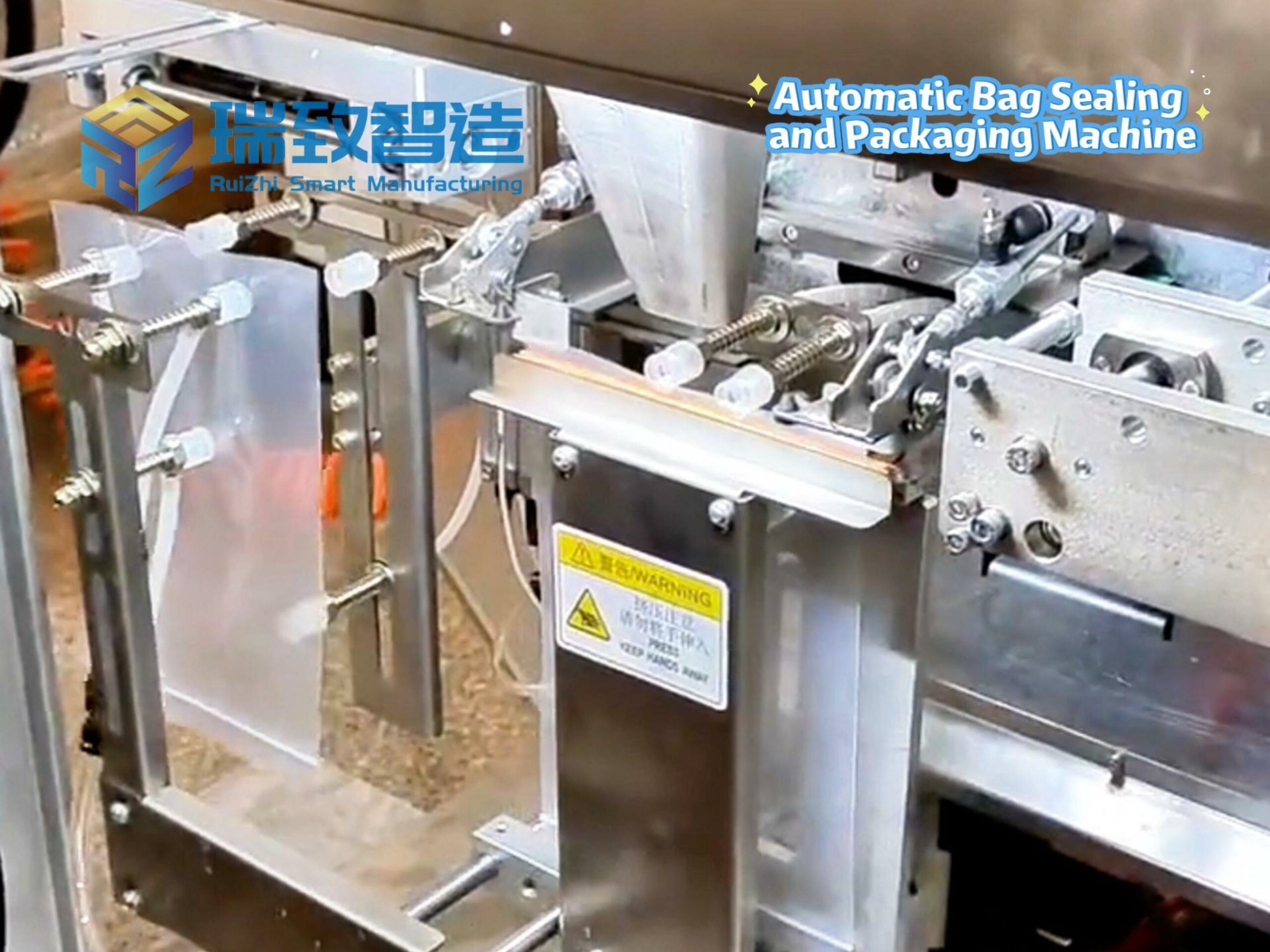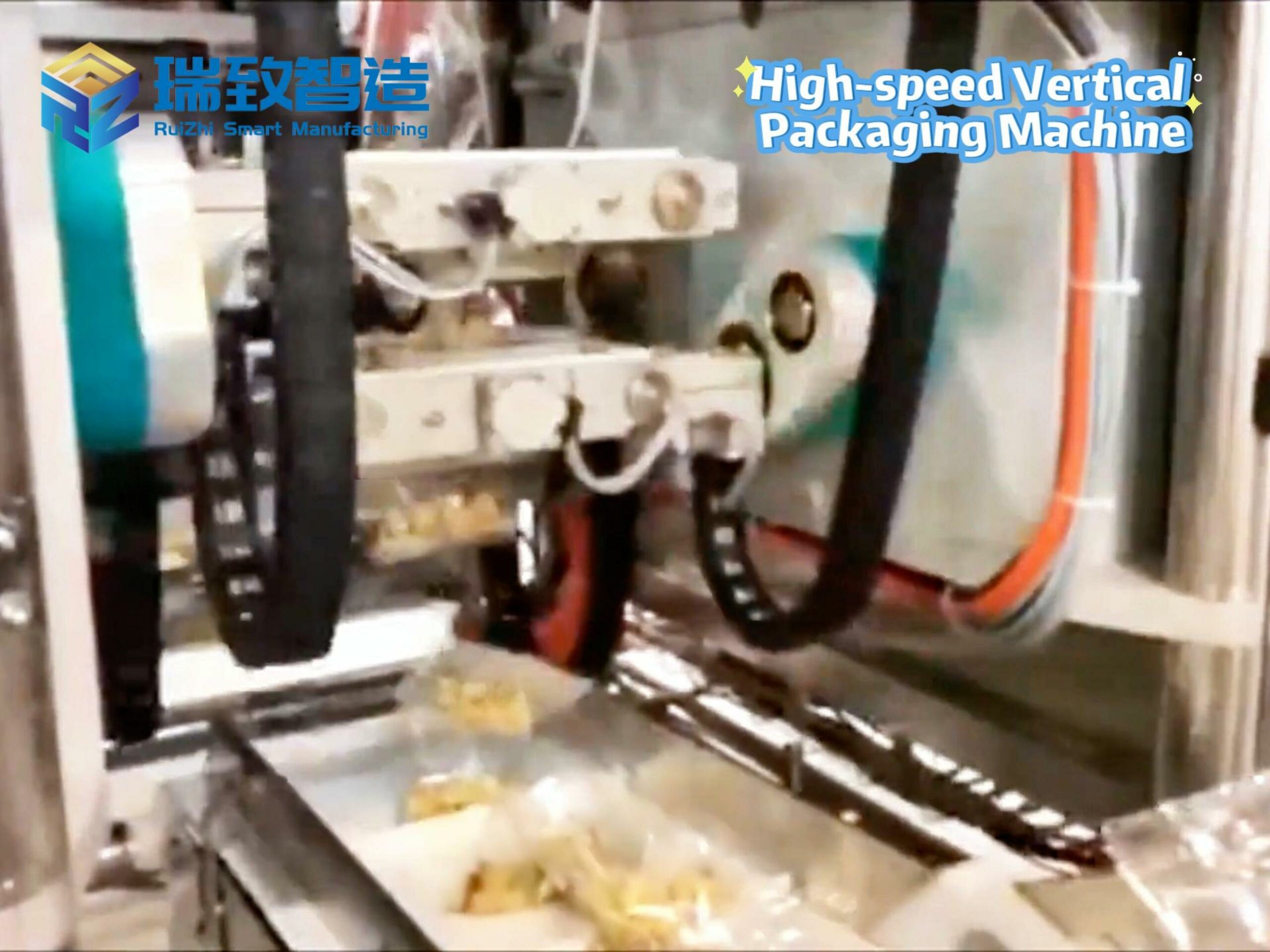For large healthcare organizations like Humana, network infrastructure is the backbone of operations—supporting everything from member data management to claims processing. But just a few years ago, Humana’s network management was stuck in a maze: critical data was scattered across spreadsheets, third-party tools, and disconnected databases; engineers spent weeks or even months building one-off scripts; and no one had a clear view of how these tools or workflows actually worked. This fragmentation wasn’t just inefficient—it was a bottleneck, draining engineering hours on manual tasks and slowing down the ability to adapt to new needs. To break free, Humana turned to a bold solution: a full overhaul of its network automation strategy, powered by centralized data, AI, and a focus on reimagining both technology and processes.
AI and centralized data helped Humana automate complex workflows, create self-service network request systems, and standardize cloud deployments.
When Humana needed to transform its fragmented network data from scattered spreadsheets and tools into a comprehensive, automated system, the healthcare insurance provider turned to Network to Code and its Nautobot open-source platform to overhaul its approach to network infrastructure management.
Humana needed a strategy to automate workflows and reduce manual efforts around specific tasks, says Matthew Schwen, associate director of network automation engineering at Humana. He took the role to help reduce long development times, organize scattered and uncoordinated scripts, and foster an understanding of network automation for end users.
“The company didn’t yet have a network automation strategy. There were scripts and tools essentially spread out all over the place. They hired me to build the strategy for network automation,” Schwen says. “There were a lot of scripts that were run from local workstations, which were taking engineers a lot of time to build—weeks to months—and then the time it took to deploy and utilize. No one had a single view of what all the scripts were doing and how they were organized.”
Establishing a single source of network truth
To kick off the automation effort, Schwen interviewed 15 to 20 teams to analyze their existing infrastructure—which led to him recognizing that Humana needed a centralized, current source for all of its disparate data. With multiple disconnected databases, existing data was scattered across Excel files, third-party tools, and other drives.
The Nautobot platform consolidates information from various sources —including other management platforms, configuration management databases (CMDB), and IP address management tools—and aggregates it into a single repository, which then acts as the authoritative source for network automation and management. This single source of truth is critical for creating a “true self-service network automation strategy,” Schwen says, and once it’s established, automation can begin.
“Automation in itself, if you have tunnel vision on automation, the tech is actually pretty easy. It’s been around for a long time, and there is a lot of technology out there for it,” Schwen says. “What’s hard is the people and the processes. That’s more than half the work.”
Having a centralized platform allows for consistent onboarding, change requests, and deployment processes across the entire network infrastructure. With Network to Code and Nautobot, Humana was able to:
·Create a uniform platform for network requests.
·Standardize cloud deployments.
·Eliminate the need to ask different teams about network information.
·Provide a consistent location for anyone interacting with the network.
“We wanted to get to the point where we had kind of self-service, where anybody who needed resources from the network side, or interactions from the network side, there was one place to go and they knew where that was,” Schwen says.
Schwen explains with Nautobot, there is a workflow that is running on a schedule, and it will pick up any network changes and compare them to the configuration standards for that device. It will auto-remediate any discrepancies found in the configuration of that device. The network operator just has to “add a device to the database and walk away, because everything you need for that device is done,” Schwen says. Network to Code’s recent release of NautobotGPT, an AI-powered assistant to the platform, also helps by accelerating network automation workflows.
“One thing that is incredibly useful is automation tasks as prompts. We took existing workflow automations that we had and turned the objectives into prompts. We were able to recreate those in GPT and automatically deploy specific workflow systems,” Schwen says.
Reaping the rewards of real-world automation
At Humana, network automation delivered substantial efficiency gains across multiple operational areas.
Schwen quantifies the impact in hours saved. Approximately 1,000 hours have been saved monthly through strategic automation. For instance, in tier-one support alone, processing 400 monthly tickets with an estimated four-hour reduction per ticket translates into significant time savings.
Administrative tasks also saw improvements, with senior engineers reclaiming between 80 and 100 hours per month through automated reporting and data collection processes. By automating complex workflows such as circuit maintenance notifications and creating self-service network request systems, Humana was able to transform time-consuming manual processes.
The automation strategy also extended beyond pure time savings, enabling tier-one support to execute network commands independently and freeing senior engineers from attending low-level support meetings. These improvements allowed network professionals to shift focus from repetitive tasks to strategic network initiatives, reshaping how Human’s network team operates.
“In a lot of cases, you don’t even want to work on the automation because you don’t know how to automate. You need to convert processes into automation. You have to understand the processes first, and you have organizations that don’t know the process so you spend a majority of your time documenting the process. Then you convert that into automation and that part’s usually easier than understanding the process,” Schwen says.
Humana’s network automation overhaul isn’t just a story of technology—it’s a masterclass in turning chaos into efficiency by prioritizing the “why” behind automation. What began as a fix for scattered data and manual drudgery evolved into a shift that redefined the network team’s role: from drowning in spreadsheets and one-off scripts to focusing on strategic initiatives that drive long-term value.
The numbers tell part of the story—1,000 monthly hours saved, faster ticket resolution, and freed-up senior engineers—but the deeper impact lies in the cultural shift. By first untangling processes, then embedding automation into workflows (and leveraging AI to accelerate the journey), Humana proved that network automation’s greatest win isn’t just time saved. It’s empowering teams to stop “doing the work” and start “designing the future” of their infrastructure. For healthcare organizations where reliability and efficiency directly tie to member care, that’s a transformation that ripples far beyond the IT department.
What is the relationship between artificial intelligence and medical assembly machines?
How does artificial intelligence optimize medical assembly machines?



